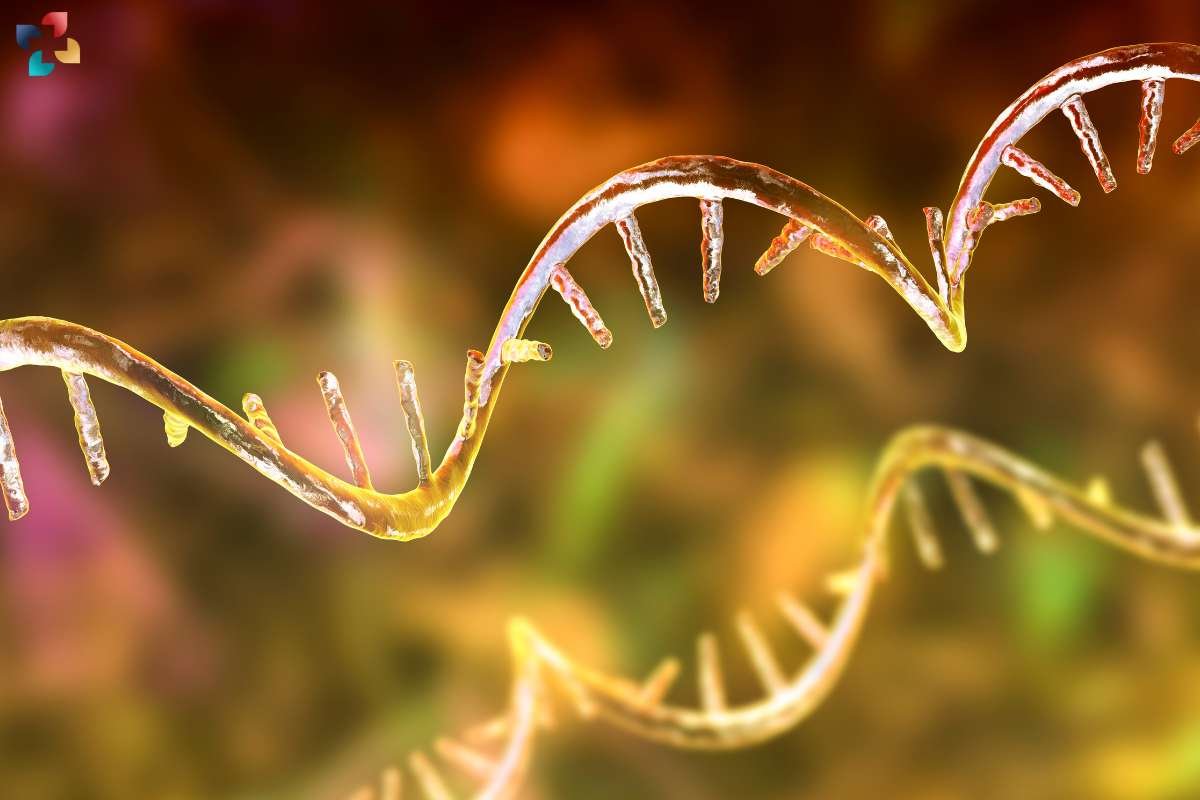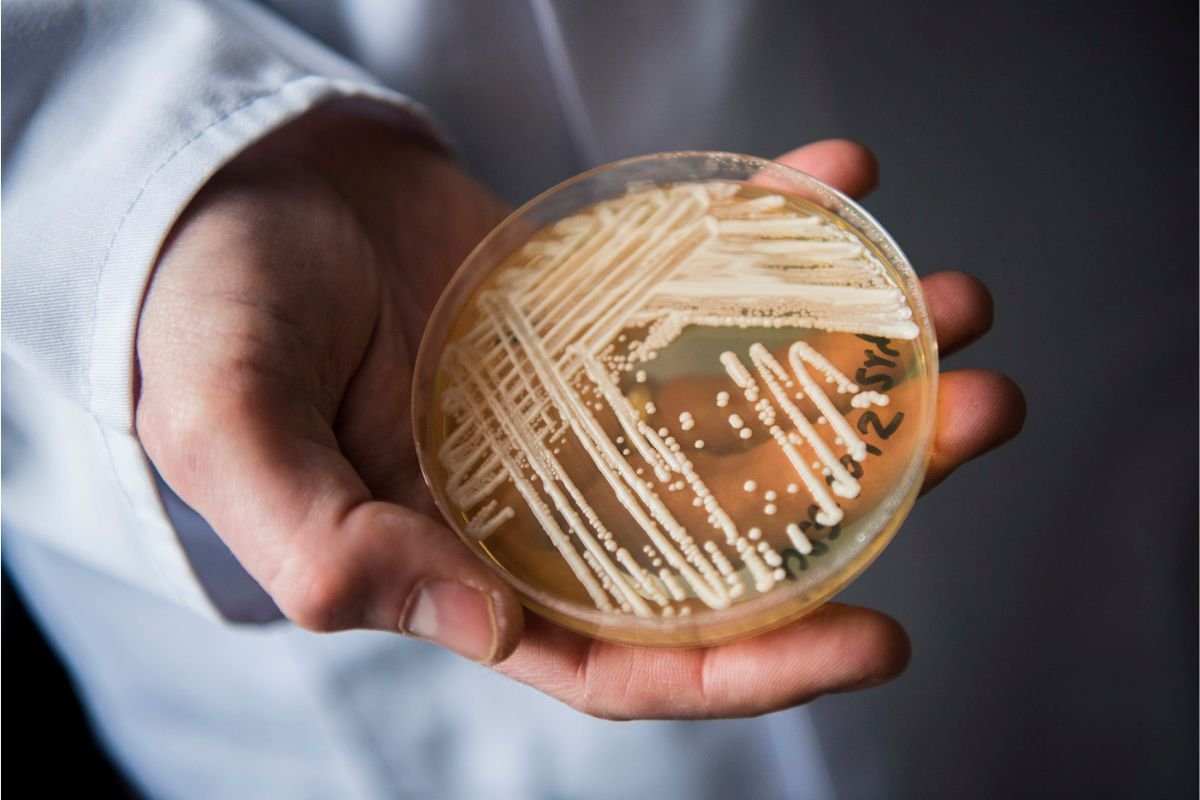Table of Contents
Proteins are essential components of life and are involved in many different biological processes. The mechanism by which cells make proteins, known as protein synthesis, is a complicated but interesting process that exists within living things. Gaining an understanding of the steps for protein synthesis is crucial to comprehending the complexities of molecular biology and cellular function. We shall examine the detailed steps involved in protein synthesis in this article, highlighting the importance and complexities of each step.
Why is it Necessary to Know the Steps for Protein Synthesis?
Protein synthesis is a fundamental biological process with immense importance for all living organisms. At its core, protein synthesis governs the creation of proteins, which serve as the building blocks for cells, tissues, and organs, as well as playing critical roles in nearly every biochemical process within the body.
Firstly, protein synthesis is crucial for growth and development. During periods of growth, such as childhood and adolescence, protein synthesis is particularly active, facilitating the formation of new tissues and organs. Additionally, protein synthesis supports the repair and maintenance of existing tissues, ensuring proper functioning and integrity throughout an organism’s lifespan.
Furthermore, proteins are involved in a myriad of biological functions, including enzymatic catalysis, cellular signaling, immune response, and structural support. Each protein within the body is uniquely designed to perform specific tasks, and protein synthesis ensures the continuous production of these functional molecules.
Moreover, protein synthesis is tightly regulated to respond to changing environmental conditions and metabolic demands. Hormones, nutrients, and cellular signals influence the rate and specificity of protein synthesis, allowing organisms to adapt to various physiological challenges and maintain homeostasis.
In summary, protein synthesis is indispensable for life, providing the essential components and regulatory mechanisms necessary for growth, development, and overall biological function. Understanding the importance of protein synthesis underscores its significance in both health and disease, highlighting its role as a central process in the orchestration of life.
Here are 6 steps for protein synthesis:
Step 1: Transcription

The first step in protein synthesis is transcription, where genetic information encoded in DNA is transcribed into messenger RNA (mRNA). This process occurs in the cell nucleus, where the DNA molecule unwinds, exposing the gene sequence that codes for a particular protein. An enzyme called RNA polymerase binds to the DNA and synthesizes a complementary mRNA strand by adding nucleotides according to the DNA template. This newly formed mRNA molecule carries the genetic instructions from the nucleus to the cytoplasm, where protein synthesis will take place.
Step 2: mRNA Processing
Once synthesized, the mRNA undergoes processing to ensure its stability and functionality. This involves the addition of a protective cap (5′ cap) at the mRNA’s beginning and a poly-A tail at its end. These modifications help prevent the degradation of the mRNA molecule and facilitate its transport out of the nucleus. Additionally, mRNA processing includes the removal of non-coding regions called introns through a process called splicing, leaving behind only the protein-coding segments known as exons.
Step 3: mRNA Export

After processing, the mature mRNA molecule is ready to exit the nucleus and enter the cytoplasm, where protein synthesis occurs. This export process is facilitated by nuclear pore complexes that regulate the passage of molecules between the nucleus and cytoplasm. Once in the cytoplasm, the mRNA molecule serves as a template for protein synthesis.
Step 4: Translation Initiation
The actual synthesis of proteins begins with translation initiation, where the ribosome, a cellular organelle responsible for protein synthesis, binds to the mRNA molecule. The ribosome recognizes a specific sequence on the mRNA called the start codon (usually AUG) and assembles the translation machinery at this site. Transfer RNA (tRNA) molecules carrying amino acids then bind to complementary codons on the mRNA, initiating the formation of the polypeptide chain.
Step 5: Elongation
During the elongation phase of protein synthesis, the ribosome moves along the mRNA molecule, reading each codon and adding the corresponding amino acid to the growing polypeptide chain. This process requires energy in the form of guanosine triphosphate (GTP) and involves sequential binding of aminoacyl-tRNA molecules to the ribosome’s A site, peptide bond formation between adjacent amino acids, and translocation of the ribosome along the mRNA to the next codon.
Step 6: Termination

The final step in protein synthesis is termination, where the ribosome reaches a stop codon (UAA, UAG, or UGA) on the mRNA molecule. When a stop codon is encountered, no corresponding tRNA molecule binds to the ribosome’s A site. Instead, release factors bind to the ribosome, causing the polypeptide chain to be released from the ribosome and the mRNA molecule to be dissociated from the ribosome complex. The newly synthesized protein is then free to fold into its functional conformation or undergo further modifications.
Conclusion
To sum up, the synthesis of proteins is a complex and tightly controlled process that is necessary for both the survival of organisms and the operation of cells. Gaining knowledge of the steps involved in protein synthesis can help one better understand the molecular mechanisms controlling gene expression and protein synthesis. Every step of the process, from transcription to translation, is vital to the precise and effective synthesis of proteins. We can better understand the molecular complexity of life by clarifying the complexities of protein synthesis.
FAQs on Steps for Protein Synthesis
1. What are the main steps for protein synthesis?
The main steps for protein synthesis include transcription, mRNA processing, mRNA export, translation initiation, elongation, and termination.
2. How does transcription contribute to protein synthesis?
Transcription is the process by which genetic information from DNA is transcribed into mRNA. This mRNA molecule carries the genetic instructions to the ribosome for protein synthesis.

Delving into Genetic Enigmas: Harnessing the Potential of DNA Barcoding
DNA barcoding stands as a groundbreaking technique in the realm of genetics, offering a standardized approach to species identification that transcends traditional morphological methods. By analyzing short, standardized gene sequences from an organism’s DNA, scientists can unravel the intricate genetic codes that define each species.
3. What is the role of tRNA in protein synthesis?
Transfer RNA (tRNA) molecules play a crucial role in protein synthesis by carrying amino acids to the ribosome and matching them to the appropriate codons on the mRNA molecule.
4. Why is mRNA processing necessary for protein synthesis?
mRNA processing involves modifications such as capping, polyadenylation, and splicing, which are essential for stabilizing the mRNA molecule, facilitating its export from the nucleus, and ensuring accurate protein synthesis.
5. How do mutations affect protein synthesis?
Mutations in the DNA sequence can alter the mRNA transcript, potentially leading to changes in the amino acid sequence of the resulting protein. Depending on the nature of the mutation, this can have varying effects on protein structure and function, ranging from mild to severe consequences.






